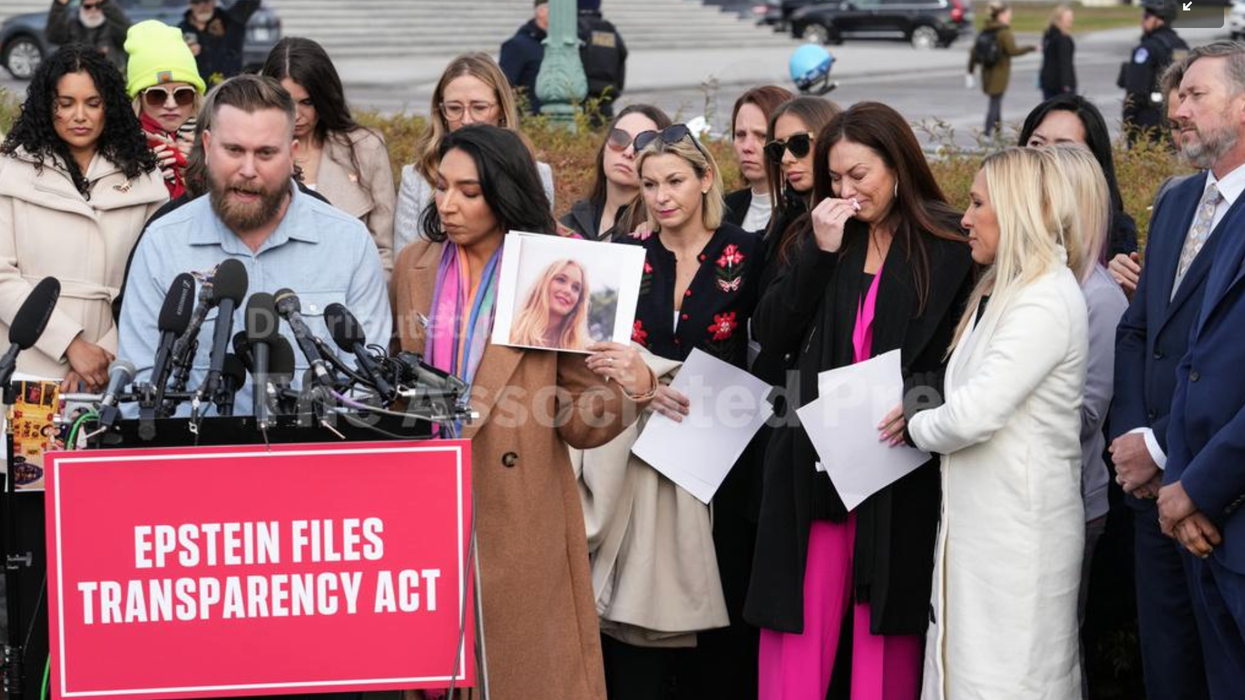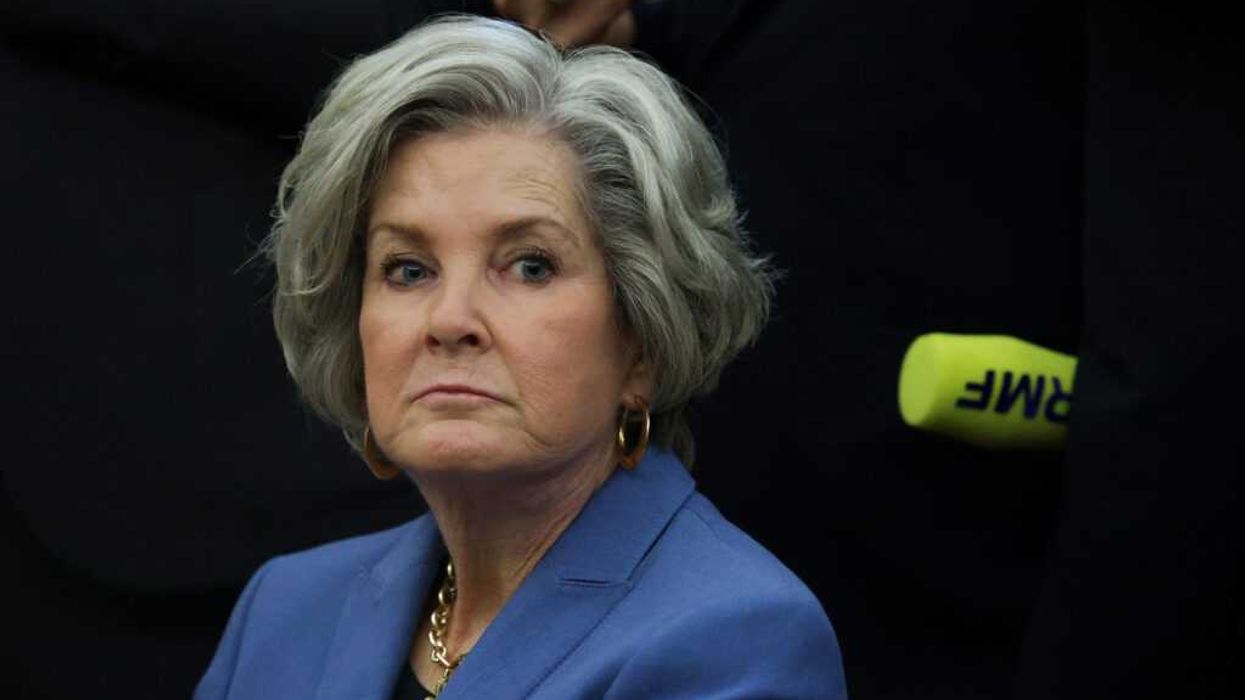Christen is a lawyer, a senior officer in the Navy Reserve JAG Corps, a seminarian, and a member of an independent Critical Connections team catalyzing inter-movement community and capacity building among democracy and civic health-promoting organizations to achieve collective impact. All stated opinions are his own and do not represent the positions of the U.S. Navy.
This is the first in a series of articles analyzing how the field of democracy-promoting organizations and movements can prepare to support and facilitate a mass movement.
Many people I spoke with in the pro-democracy field felt hurt, outraged and indignant after Zack Beauchamp wrote in Vox: “We need a mass pro-democracy movement. It doesn’t exist.” Was he wrong?
Legions of citizens across hundreds, if not thousands, of organizations are dedicating their lives to making American democracy more just, representative and sustainable, but so far, their efforts have yet to translate into a mass mobilization of concerned citizens. A more immediate concern, however, is whether the diverse field of democracy-promoting organizations and movements is prepared to coordinate, support and scale the actions of a mass movement. Although I argue the answer is “not yet,” the time is right for the field to take the next steps towards cohering into a generative change community ready to guide the sleeping giant of concerned citizens when it awakens.
Since most democracy-promoting organizations were founded in the last six years, the majority of the field has been in an initial establishment phase. Organizations have had to primarily concentrate on building a solid funding base, developing capacity, and acquiring necessary infrastructure, personnel and resources.
To propel organizations through this initial start-up phase, a 2018 study by the venerable and greatly missed strategist Rob Stein called for funders to prioritize providing sustainable revenue generation to democracy-promoting organizations. Even today, funding continues to be a challenge as many organizational budgets have little margin for unexpected challenges, let alone for taking moonshots or contributing to collective action. That being said, increased funding has enabled many organizations to begin transitioning to intermediate stages of organizational development, which offers them the opportunity to focus more on the broader, contextual environment going forward.
While enhancing the work that organizations are doing, however, increased funding and organizational development have so far encouraged many organizations to become more inward focused. Greater organizational capabilities due to increased funding have led to organizational wins, resulting in more funding and members. Those funders and members have then pressured and incentivized – often through appropriating funds for specific internal purposes – more organizational wins, which requires even more organizational capabilities and resources. This cycle of organizational success has promoted empire-building around isolated impact goals while providing little incentive or pressure to prioritize collective impact goals, community building or inter-movement capability development.
The need for organizations to establish themselves plus the pressure and incentives to produce individual organizational success have been significant contributors to the field being disjunctive and not yet prepared to support a mass movement. Stein observed in 2018 that the field “lacked connectivity and scale” and had “limited capacity for (1) cross fertilization, (2) economies of scale, (3) issue or policy priority setting, or (4) strategic communications.”
This remains true today as most organizational and coalitional networks are largely segregated by issue area, level of advocacy and location, leading to siloed relationships and lines of communications. As a result, the field is plagued by inefficiencies from limited coordination, deconfliction and collaboration, resulting in overlapping efforts in some areas while other areas remain under-resourced. Competition for funding, new additions to the field and understanding the intersectionality of the greater ecosystem also continue to be problematic.
Ultimately, a mass movement requires a variety of building blocks, including effective relationships, a platform for rapid, flat communication, unity of purpose, some degree of communal self-identification, among other collective impact capabilities and infrastructure. Without these foundational building blocks, a mass movement will be overwhelmed by competing goals, struggle to maintain momentum, or fall into unproductive, obscurity-producing chaos. Transitioning from the emerging phase to a coalescing phase of a mass movement, therefore, will require greater intentionality in incentivizing, prioritizing, resourcing, and developing these integral building blocks.
On the positive side, the field is showing signs of becoming increasingly aware of single organizations’ inherent limitations for independently solving democracy’s adaptive challenges and of the compounding value of collective action. Coalitions and associations are proliferating. More cross-organizational relationships are being established. Collaborative efforts are being pursued. The energy trajectory is pointing towards a genuine desire to organize for collective impact.
Examples of collaboration and community building are plentiful. The founders of Bridge Alliance began building this community in 2014 by hosting cross-partisan, interdisciplinary summits. In pursuit of “ Our Common Purpose,” the Partnership for American Democracy expanded the organizing of expansive cross-organizational efforts. America Talks and the National Week of Conversation brought together numerous organizations in new and meaningful ways. FixUS hosts a monthly breakfast group that brings together representatives from diverse movements to discuss common democracy-related challenges. The Bridging Movement Alignment Council is pushing hard on building community and increasing collaboration across the bridging movement. RepresentUs brought the democracy reform field together for the Unrig Summit and is now preparing to host the American Democracy Summit in spring of 2023 (while hosting related virtual events in the meantime). In Wisconsin, the final-five voting effort by Democracy Found and its partner organizations exemplifies trans-level network building through intentional partnering and sequencing outreach and engagement across state grasstops, grassroots, and national organizations.
These efforts and more are now available to the public in a shared database of organizations, events and other content at CitizenConnect.us. Niche publications, such as The Fulcrum and The Topline, are co-amplifying information from the field. Along with many other examples, these efforts are important steps towards coalescing the field into the inter-movement generative change community that Stein had been calling for since his 2018 study.
Proving Beauchamp wrong and creating a mass movement will require more from all of us. Below are some previews of future articles on actions that should be considered now to boost momentum towards being collectively prepared for a future mass movement.
Funders can support projects, campaigns and activities that transcend organizational boundaries, promote synergistic efforts, and build inter-movement infrastructure or enhance inter-movement alignment, collaboration, and unification while benefiting participating organizations and constituencies. Although the short-term impact of the next election is alluring, there will be a higher return on investment over the long-term for movement-wide, collective impact outcomes than for individual organization achievements.
Organizations can broaden their impact while enhancing organizational efficacy and sustainability by incorporating more movement-centric principles and goals into organizational strategy, values, budget and design. Partnering with other organizations with similar needs and energies on inter-movement collaborations and capacity building will help the field prepare for a mass movement while providing organizational value with less investment due to sharing the effort, costs and resources. Also consider prioritizing participation in inter-movement spaces for sensemaking, relationship-building and collective action, such as those organized by the Horizons Project.
Leaders can cultivate a culture of collective impact, which starts with leading by example – e.g. spearheading cross-organization collaborations, attending important inter-movement summits and working groups, etc. – despite not having any extra availability. Unite America, for example, embodied this approach by hosting the Brewer Fellowship that brought together organizational leaders to strengthen cross-organizational relationships, increase collective action capabilities, and develop inter-movement leadership.
Hopefully, there will soon come a day when a seminal event in American history that fundamentally disrupts democracy will overcome societal apathy about democracy itself and inflame the passion of the American people. While the burgeoning field of democracy-promoting organizations and movements may not be ready today to support such a mass movement, steps can be taken now to build an effective inter-movement community ready to guide tomorrow’s mass movement. After all, “ The strength of the Pack is the Wolf, and the strength of the Wolf is the Pack.”


















